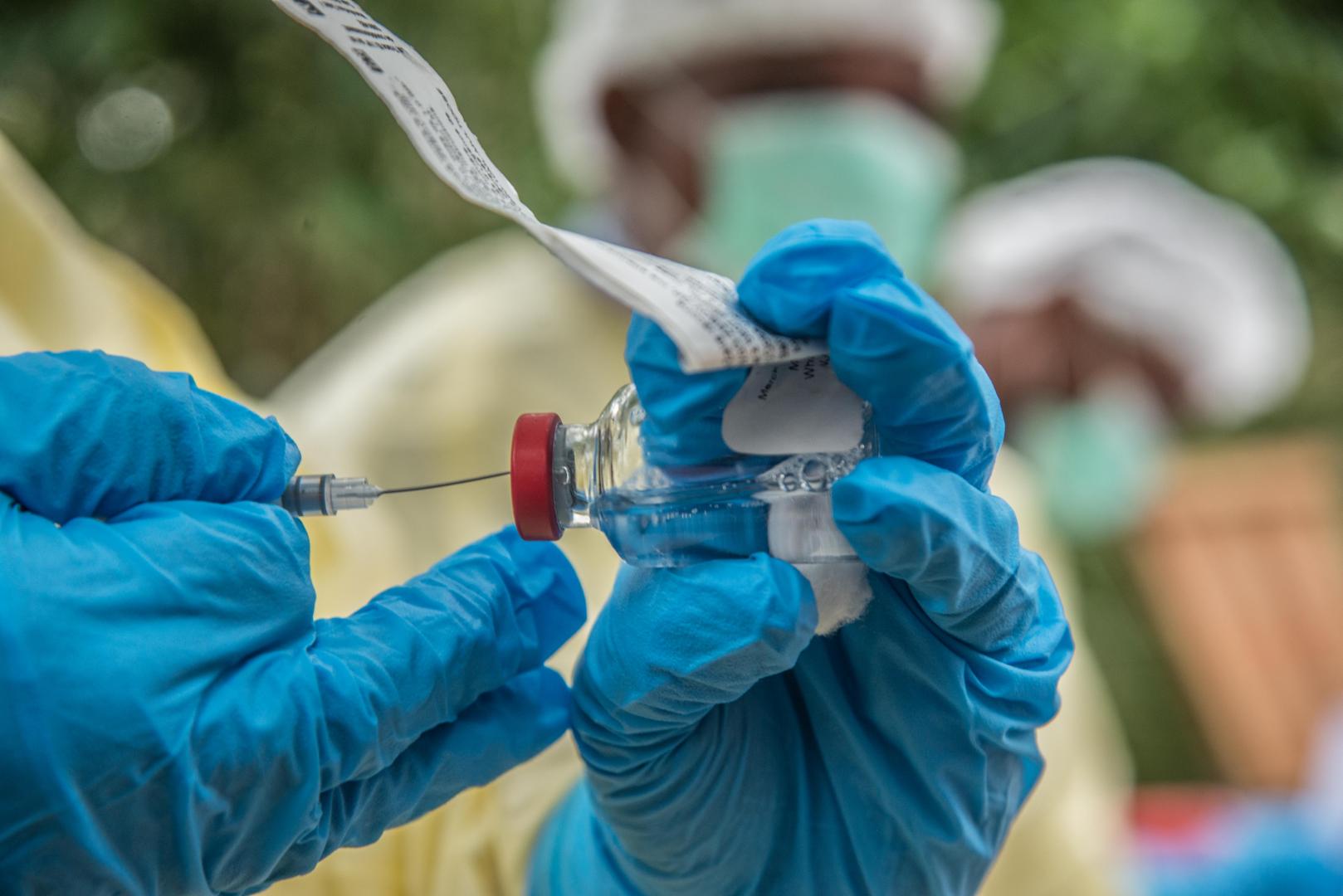Work Experience & Projects
Sentiment Analysis of Amazon Book Reviews Code and Report 04/01/2024 to 06/10/2024
I conducted a sentiment analysis of Amazon book reviews and successfully predicted ratings using BERT from Hugging Face and XGBoost. This project follows the full lifecycle of a data scientist, from data collection and cleaning to model deployment, demonstrating my ability to deliver end-to-end solutions.
Technologies Used: BERT, XGBoost, Pandas
Detection of AI-Generated Fake News Code | Report 03/01/2023 to 04/10/2023
Developed a classifier to detect between AI-generated fake news and human-written news article descriptions using a fine-tuned BERT model, achieving 92% accuracy. As AI technology improves, there has been an increase in the number of fake news articles on the internet, making this project crucial for maintaining the integrity of online information.
Technologies Used: BERT, GPT-3 API, Scikit-learn, Pandas, Python
Shakespearean Poem Generator Code 05/01/2023 to 05/24/2023
Developed an RNN-based model to generate Shakespearean-style poems that mimic the style of poems Shakespeare could have written. This project highlights my ability to apply deep learning techniques to creative text generation and demonstrates proficiency in handling and preprocessing text data.
Technologies Used: RNN, PyTorch, NLTK, TQDM, Python



